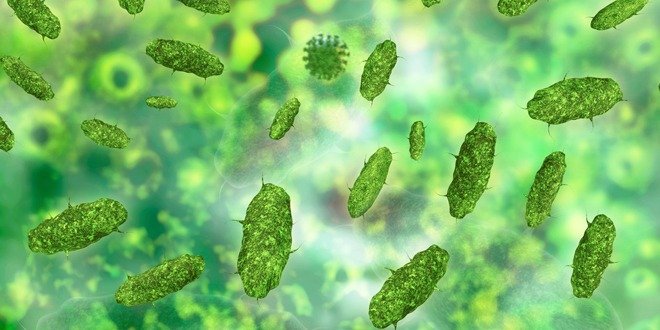
Did you know that you have 10 times as many bacterial cells in and on your body than you do human cells? That is five pounds of bacteria! Each area of the body has different bacterial “colonies” that are specific to each site, such as the skin, gums or the gut. (The gut – also called the gastrointestinal tract – is the long “tube” in the body that starts at the mouth, continues through the esophagus and the intestines, and ends at the anus). Increasingly, clinicians are beginning to understand how these “bugs” may hinder or help us.
What is the role of the microbiome?
The bacteria, viruses, and yeast that live in the intestines are collectively known as the microbiome. The microbiome is not only non-disease causing, but it is also essential to human health. For example, the microbiome help digest certain foods, such as fibre. They also aid in the production of important vitamins (for example, vitamin K, which prevents bleeding). Recent research appears to show that these bacteria are associated with – and may play a role in – the development of obesity and diabetes.
The microbiome develops within the first year or two of a person’s life. The bacteria line the gut, providing a defense from foreign invasion and reducing inflammation. People differ in the composition of the bacteria in the microbiome, and these differences seem to be related to some environmental factors. For example, babies born by Caesarean section versus vaginal delivery, or babies who are fed formula versus breast feeding, and even children who don’t have a family dog compared to those who do, have different bacteria. All of these factors that alter the microbiome seem to predispose children to be at higher risk for obesity and immune diseases, such as asthma.
What is the connection between the microbiome and obesity, and with diabetes?
The importance of gut bacteria was noted when mice that were raised in a sterile environment became obese and developed immune diseases. As adults, people who are obese have a different group of bacteria than people who are thin. It would appear that certain bacteria that are more common in obese individuals are better at extracting energy from food, compared with the microbiome in thin people. Studies of mice have shown that if the microbiome from thin mice is put into obese mice, they lose weight. This also happens in reverse: thin mice that receive bacteria from obese mice gain weight. It has also been shown that people who have bariatric surgery may quickly reverse their diabetes even before they lose weight. Some of this is because of the change in gut hormones, but also because their gut bacteria are altered soon after surgery.
Even metformin– one of the most commonly used medications to treat type 2 diabetes – appears to alter the microbiome and may be one of the ways in which it is effective.
So, can you alter gut bugs? Some studies that have been done in mice showed that probiotics (for example the “good bugs” in yogurt) increased their sensitivity to insulin and lowered their blood sugar levels. The jury is out on human studies, and probiotics are not recommended for diabetes treatment. However, one human study, The Environmental Determinants of Diabetes in the Young, showed that if babies who are at risk of developing type 1 diabetes are given probiotics in the first month of life, they seem to develop fewer autoantibodies (proteins that attack normal human cells) to their islet cells in the pancreas than babies who are not given probiotics. Another study has shown that probiotic use is associated with improved glycemic control, reduction of total cholesterol, and lowered blood pressure, though further research is necessary. It has also yet to be determined the best probiotic strain (i.e. the type of bacteria or yeast), dose, and duration of therapy needed.
Although the evidence is not clear yet as to whether you can change your intestinal bacteria and influence your risk of obesity and diabetes with probiotics, for thousands of years humans have consumed probiotics in the form of such foods as yogurt and kefir, and fermented foods such as kombucha and miso. Maybe you really are what you eat!



